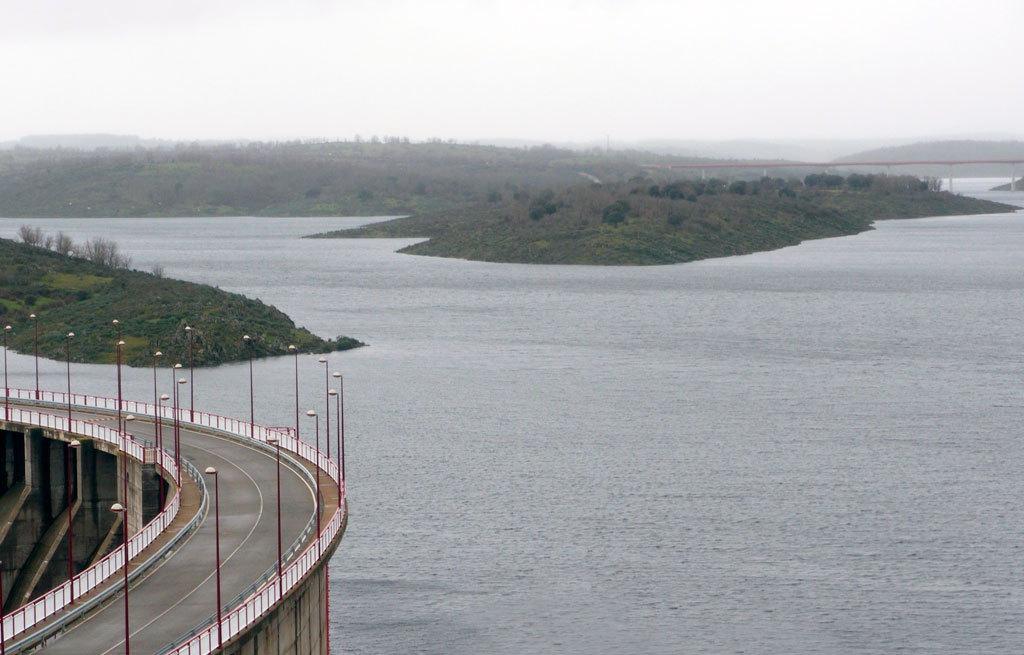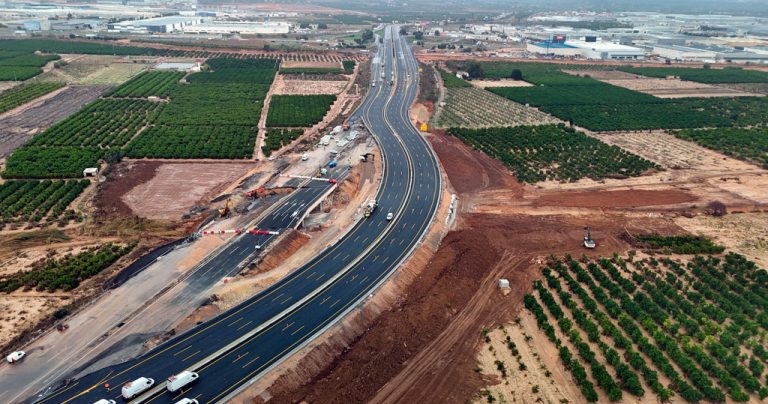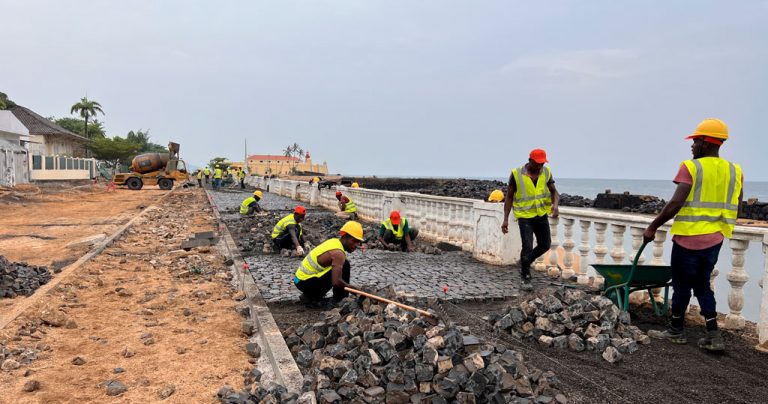Commissioned by the Duero River Basin Authority, TYPSA is part of the consortium that is providing services for the operation, maintenance and safety-document updating for dams in the Duero River basin: Irueña, Santa Teresa, Águeda and El Milagro Dams, Riolobos and Villagonzalo Weir Dams, and the Villoria Canal Saddle Dam.
The works include support and technical advisory services for operation and maintenance, monitoring, inspection and surveillance, and construction supervision, in order to ensure the safety of these hydraulic structures in compliance with their operating rules. To achieve this objective, it is imperative to gather all the documentation and information on the dams, from the design phase through to construction, first filling, operation, and even decommissioning. The characteristics of each dam are individual and unique, therefore the various dam safety documents, together with the dam’s designs and technical notes, constitute a specific ‘medical record’ that enables an informed assessment to be carried out of the dam’s level of safety.
Spain has more infrastructure of this type than any other country in the European Union. Some structures date back to Roman and Arab times and are still in service; moreover, the second half of the last century saw a particularly remarkable period of development. There is a clear need for maintaining the structures that form part of our hydraulic heritage in perfect working order, not only to be safe, but to function properly and satisfactorily fulfil the objectives for which they were planned and built.
“Maintaining our water infrastructure helps alleviate the effects of climate change”
Environmentally, dam maintenance is extremely important, as the original requirements dams were built to meet help to alleviate some of the effects of climate change. This is the case of Águeda and Irueña dams, upstream of the town of Ciudad Rodrigo, or Santa Teresa dam, upstream of Salamanca, which play an important role both in flood protection and in storage and regulation and are highly effective in mitigating the consequences of climate change.





